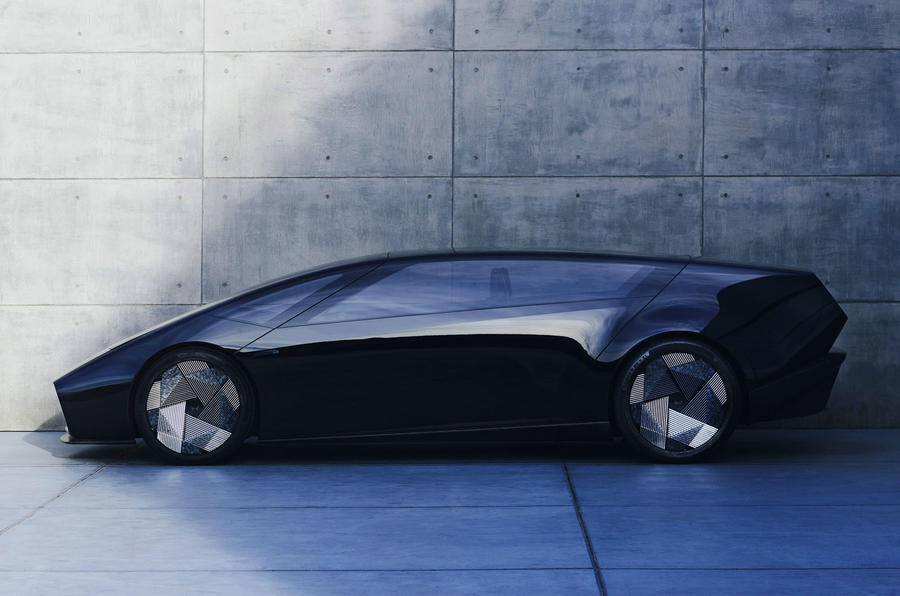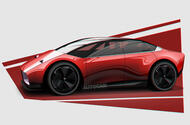Final entrant into Honda's new 0 Series will prioritise low weight, aerodynamics and fun handling
Honda is working on a Tesla Model 3-rivalling saloon as one of seven radical new electric cars it will bring to market by 2030.Â
The saloon is part of the firm's new 0 Series, which represents a total reset of how Honda develops EVs. The seven 0 Series cars will prioritise weight reduction and aerodynamic performance and stand out for “the joy of drivingâ€, the company said.
Honda is developing the models with a “thin†ethos, minimising the number of parts used in each model and adopting lightweight aluminium chassis structures. Those chassis will eventually be die-casted – a technique pioneered by the Tesla Model Y – to reduce part complexity, and therefore weight and costs.
The firm also hailed the development work enabled by its line-up of hybrids, such as the Civic, in reducing the weight of its next-generation electric powertrains. These ‘e-axles’ will comprise a motor, inverter and gearbox within a single unit, providing a claimed weight saving of around 100kg compared with Honda’s existing EVs.
The company added that its EVs will have all-wheel drive, suggesting that each model will use a pair of e-axles.Â
Heavy components such as the power unit and battery will be mounted low and centrally, Honda said, which indicates that the cars will use a skateboard platform. This will have a reduced floor thickness, further saving weight and providing a more sporting driving position.

Complexity will be further reduced by the deployment of a central computer, rather than the array of chips deployed on more conventional cars. The 0 Series’s systems will be controlled by this 'brain', reducing costs and improving the speed of digital functions.
This more powerful computer hardware will also enable level-three assisted driving technology, in which the car takes full control in limited conditions, such as a traffic jam in clear weather.Â
Each 0 Series car’s technical specifications will be anchored by a range target of more than 300 miles on the US’s EPA test cycle, which is more reflective of real-world conditions than Europe’s WLTP standard.
Key to achieving this figure while keeping weight down will be a focus on aerodynamic performance, as with the striking 0 Saloon concept shown earlier this year. "We're not particularly aiming for this shape," said Honda R&D creative director Toshinobu Minami, "but we're trying to create the shape of the function while making it emotional."

The other anchor for Honda’s future EVs will be the requirement for a 5% return on sales – a lofty goal, given many manufacturers are currently losing money on their electric cars.
Honda CEO Toshihiro Mibe previously suggested that different battery chemistries would play a role. “Instead of reducing battery size, we want to think about battery technology,†said Mibe.
In addition to technical developments, Honda will look to produce batteries in-house to cut costs. The firm said a joint-venture battery factory with Korea’s LG will start building batteries in the US from 2025, with a plant capacity of 40GWh per year. Honda will also investigate battery recycling and raw material procurement to further reduce its outgoings, which could cut the cost of a battery by 20% by the end of the decade.
Honda is aiming to reduce its overall production costs by 35% by 2030.
The company will launch seven 0 Series cars by 2030, starting with a saloon in 2026. It will be joined by “mid-size†and “entry-level†SUVs that same year, with a three-row Kia EV9 rival arriving in 2027.
A “compact†competitor for the Model Y will follow a year later, before a “small-size†SUV is launched in 2029 and then the Model 3-sized saloon in 2030.



